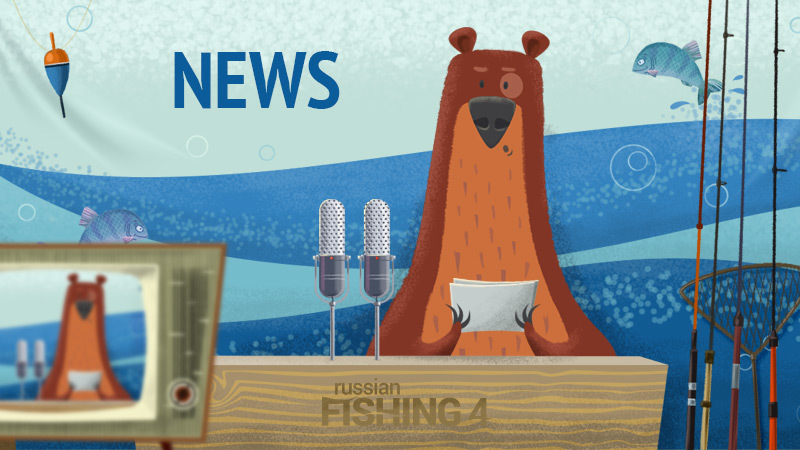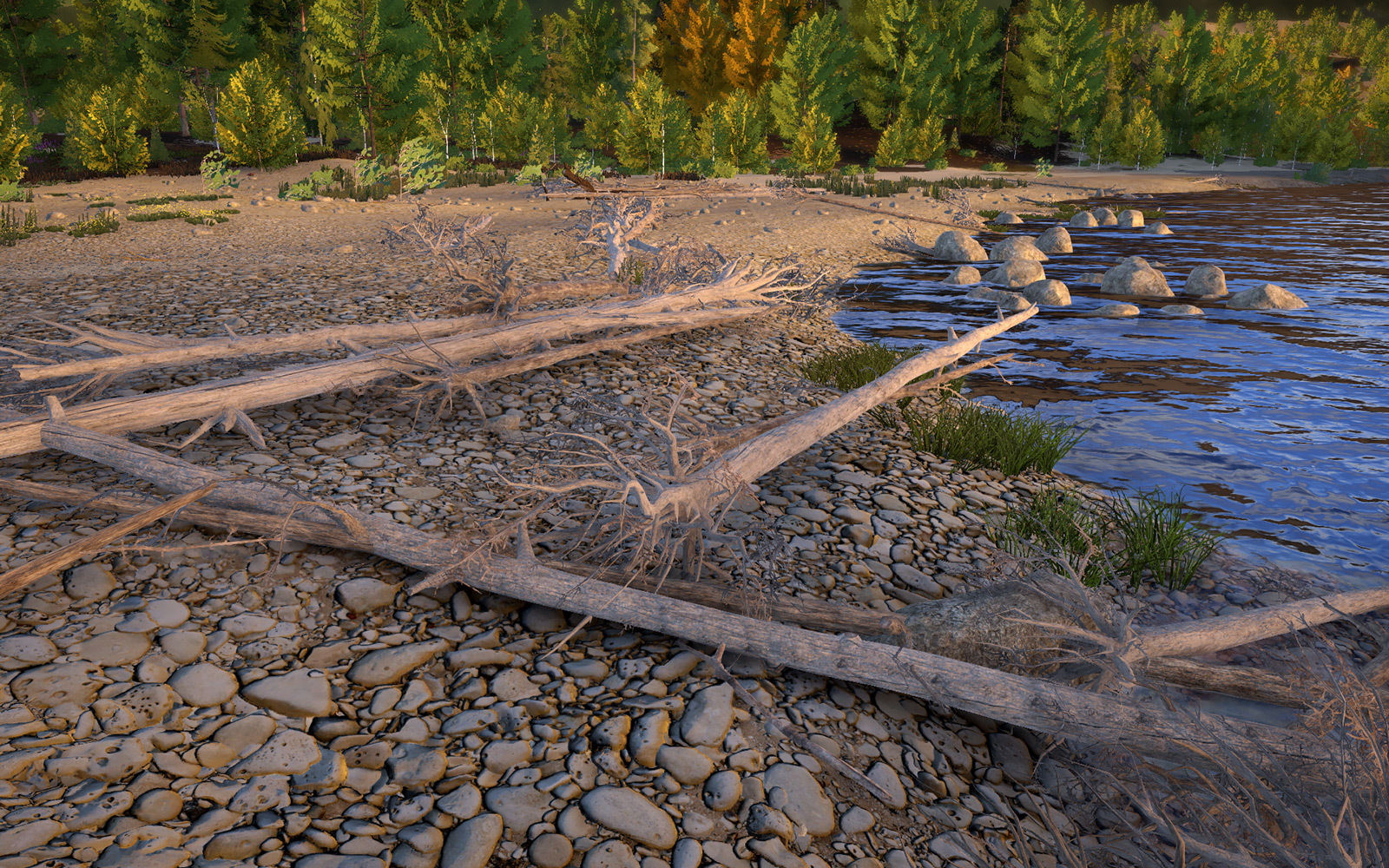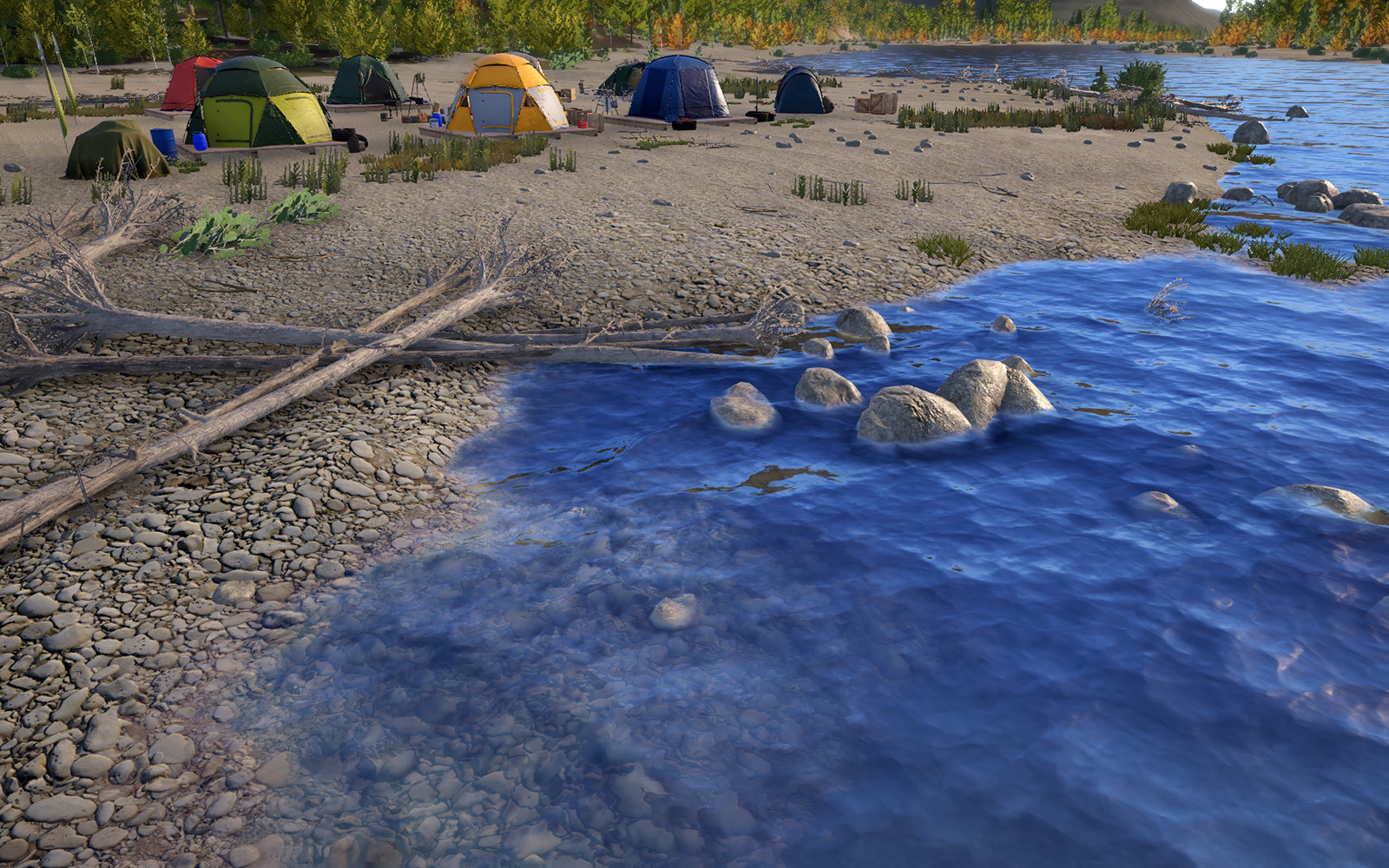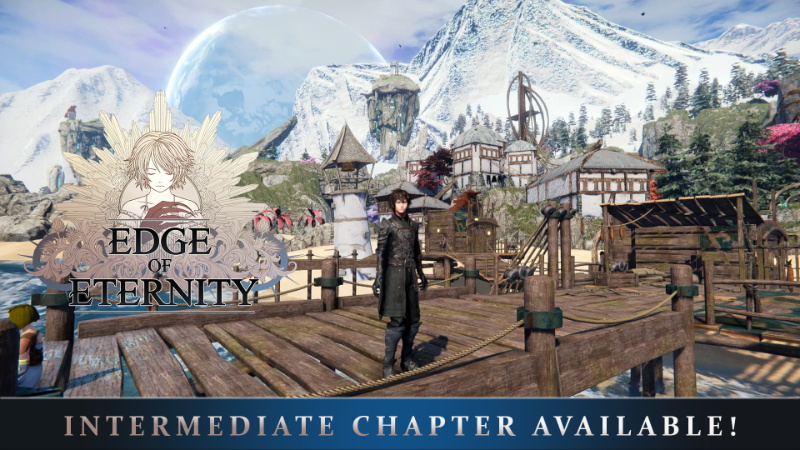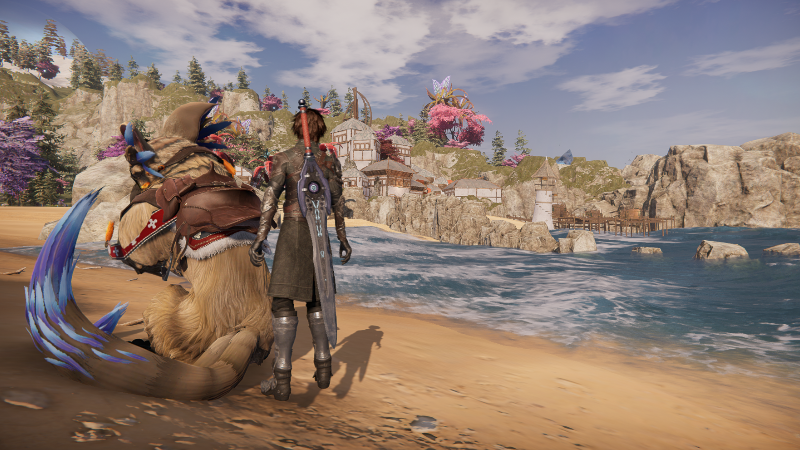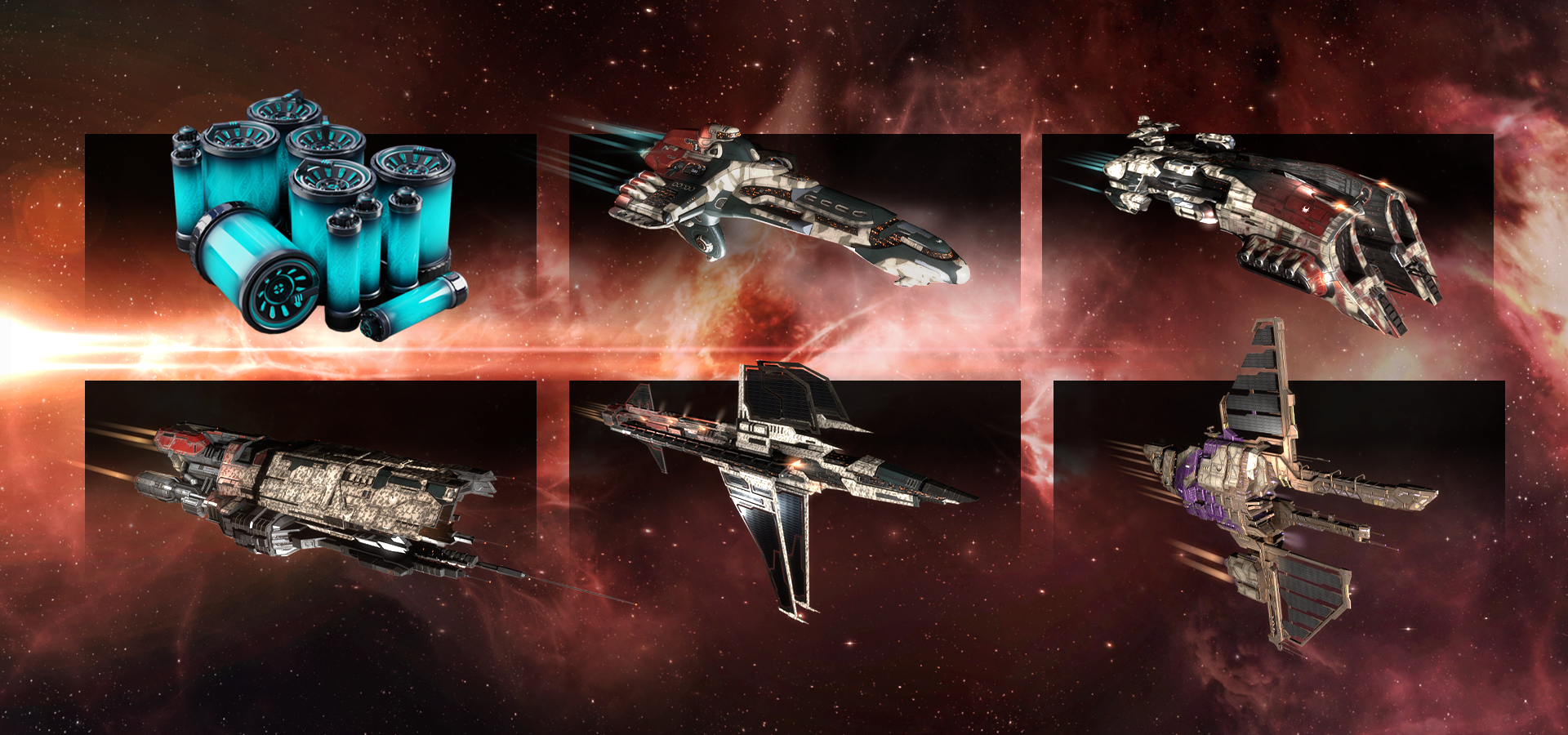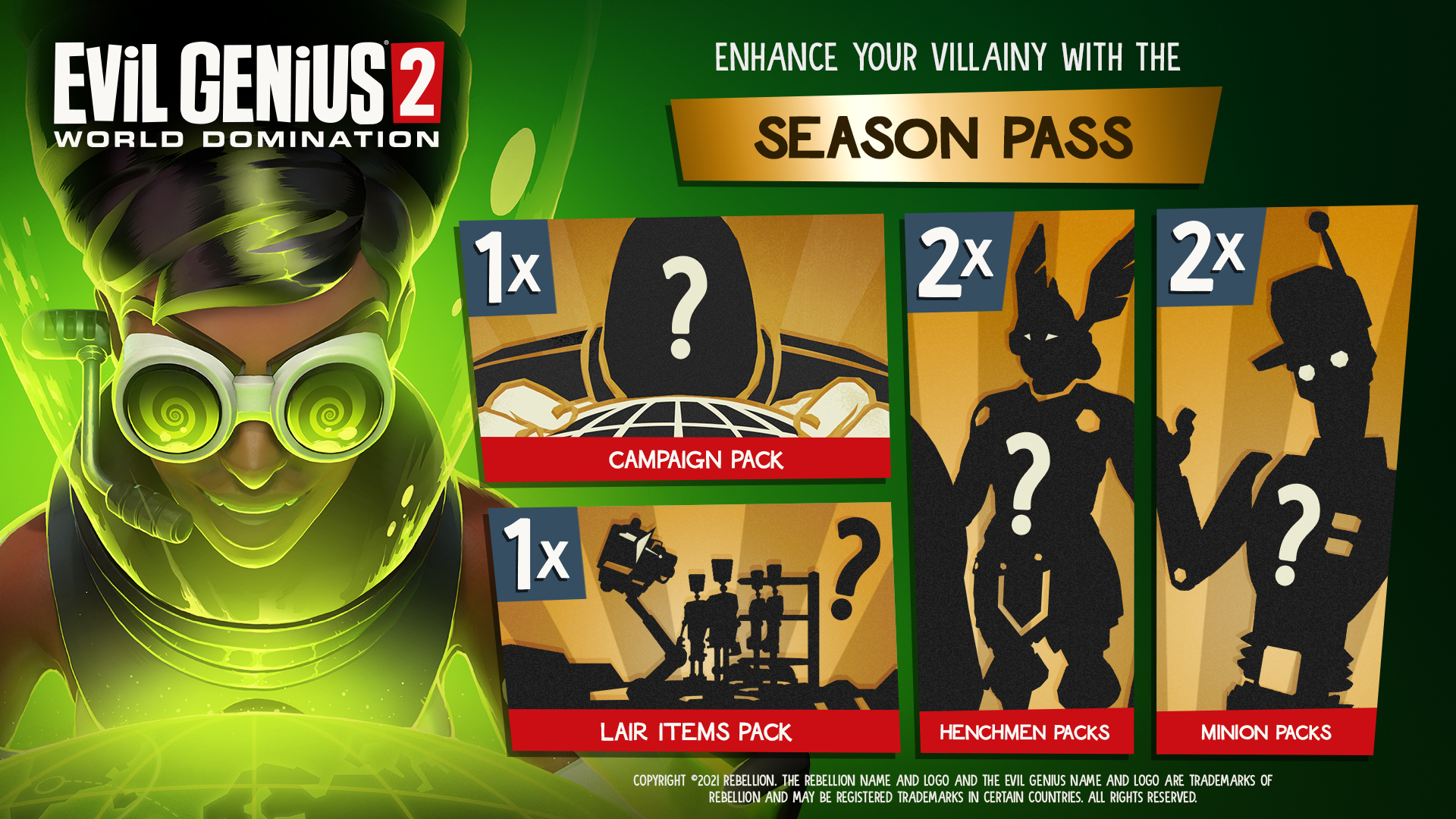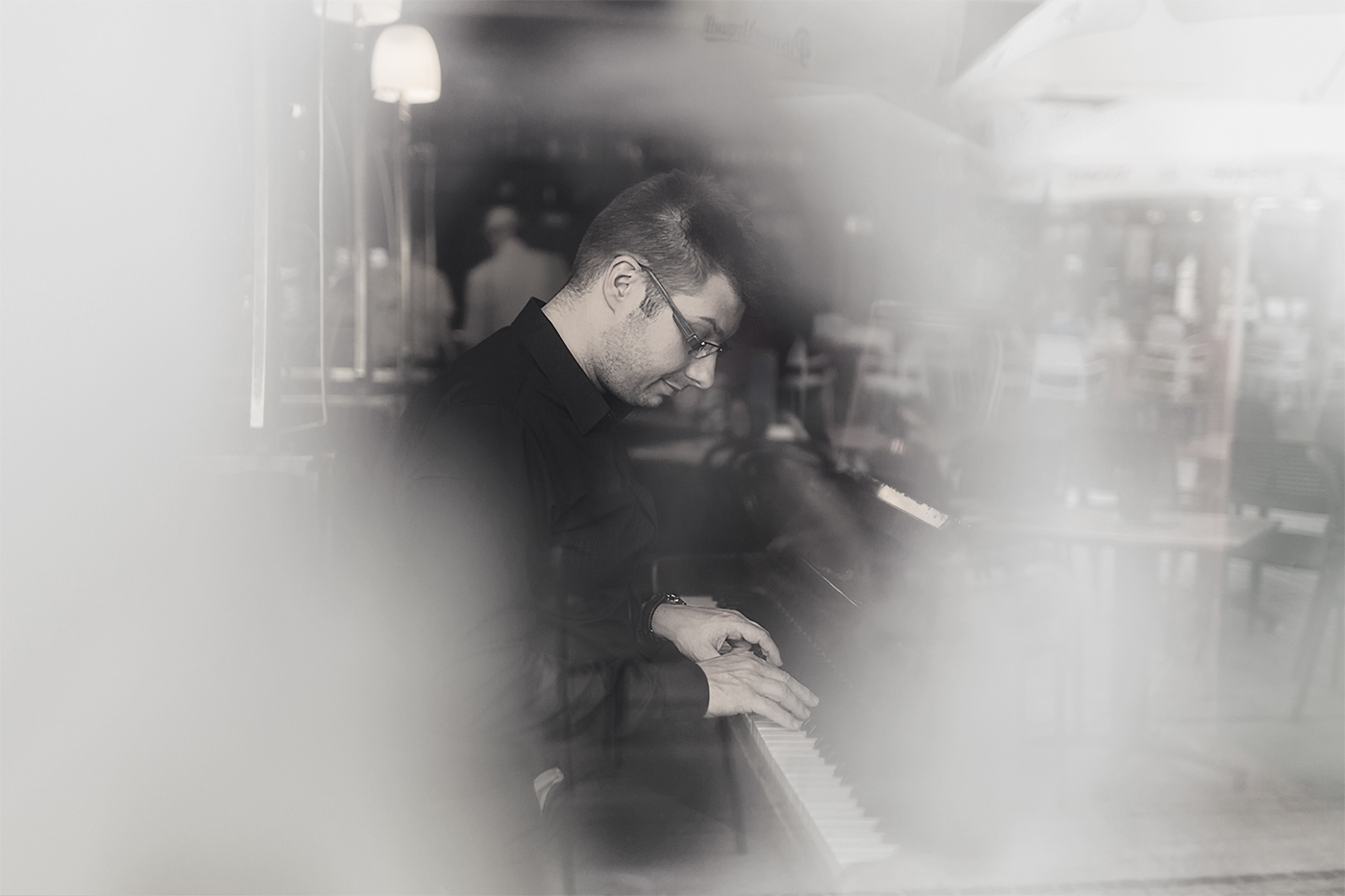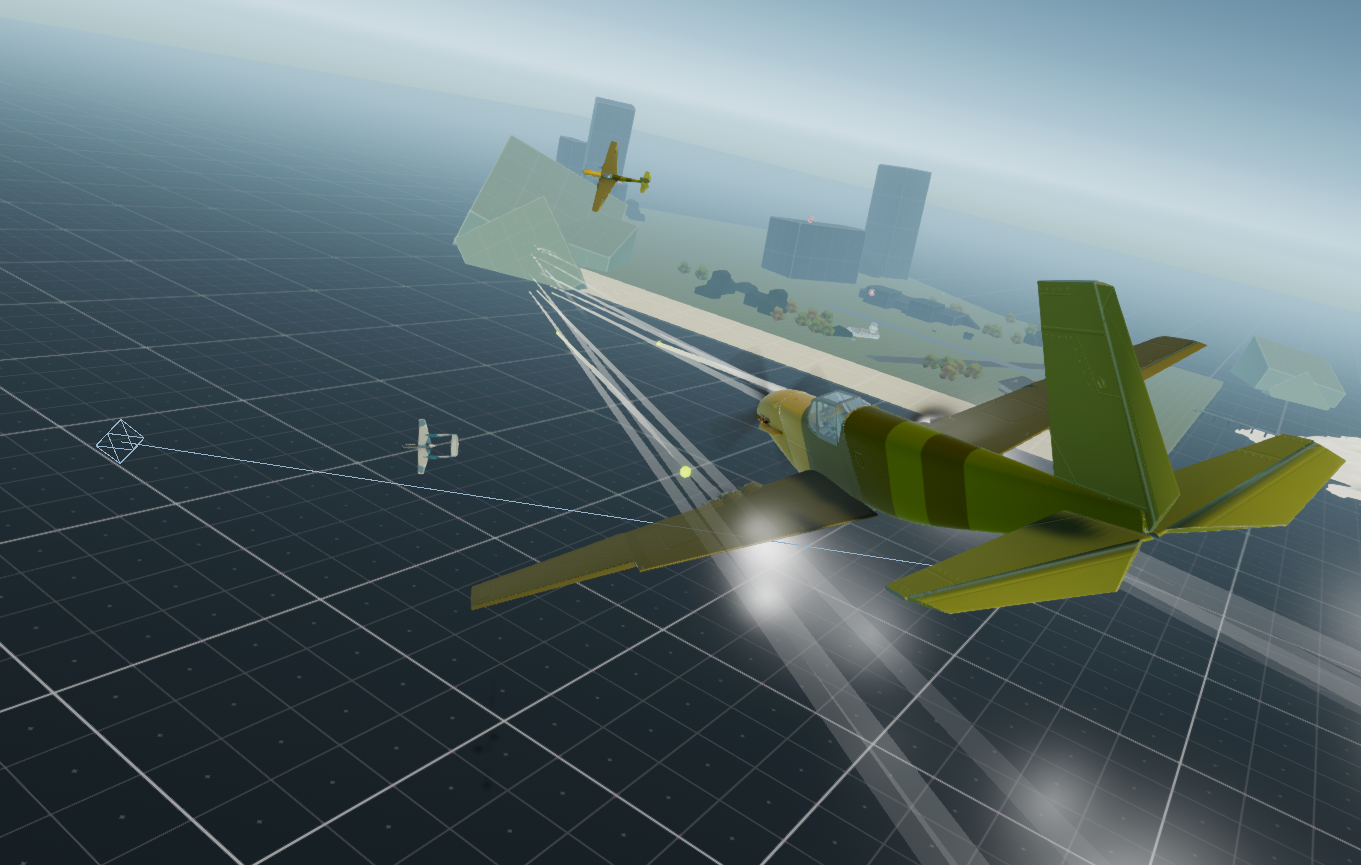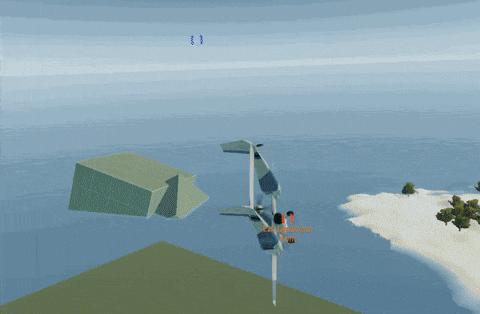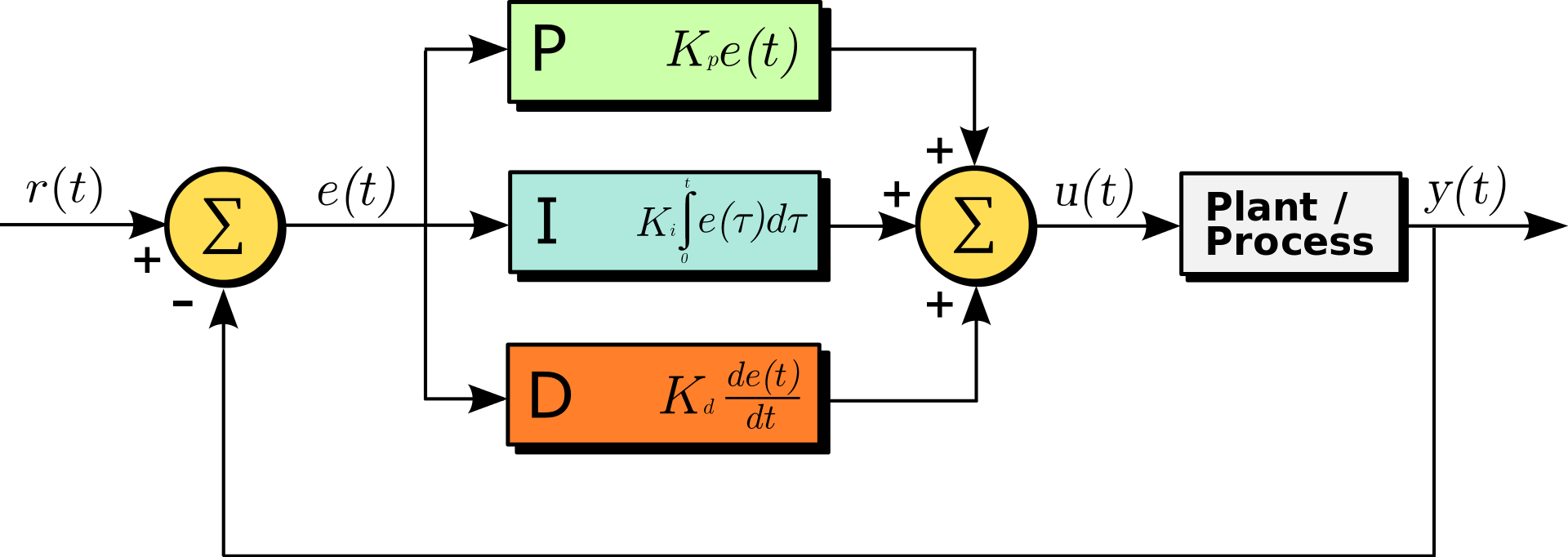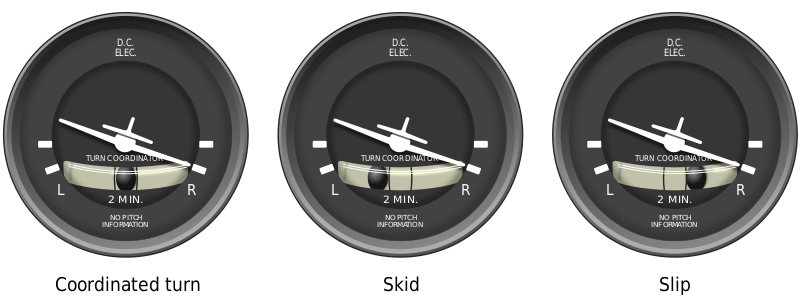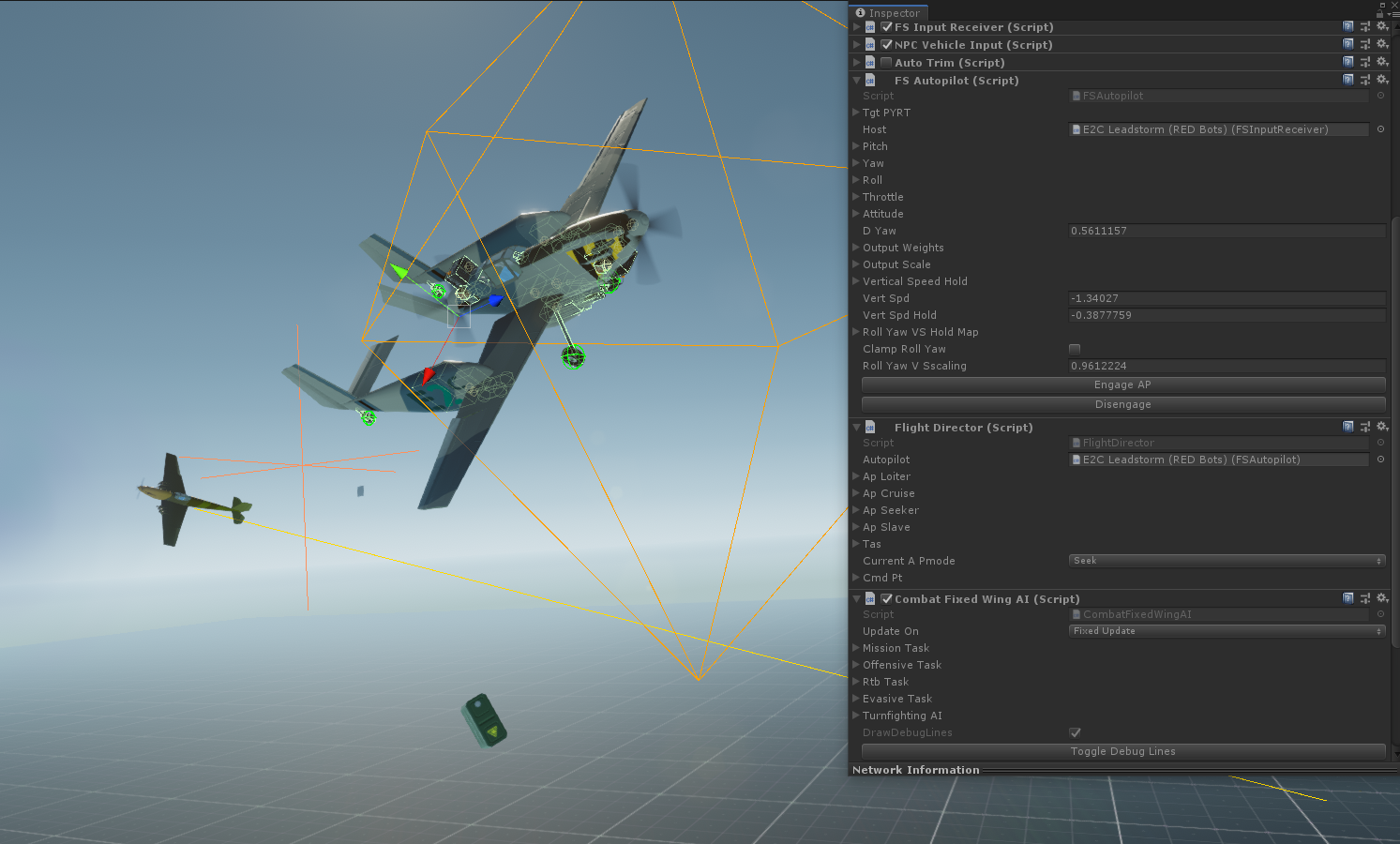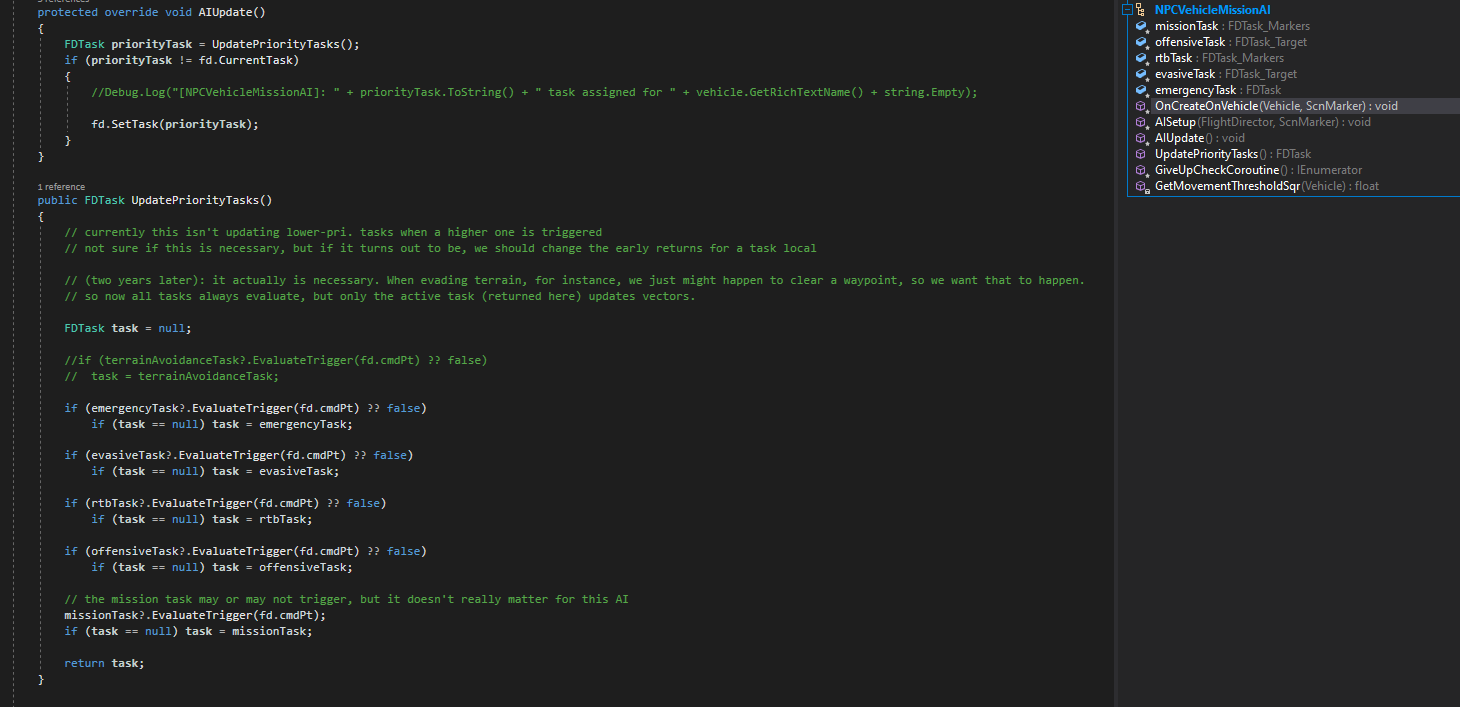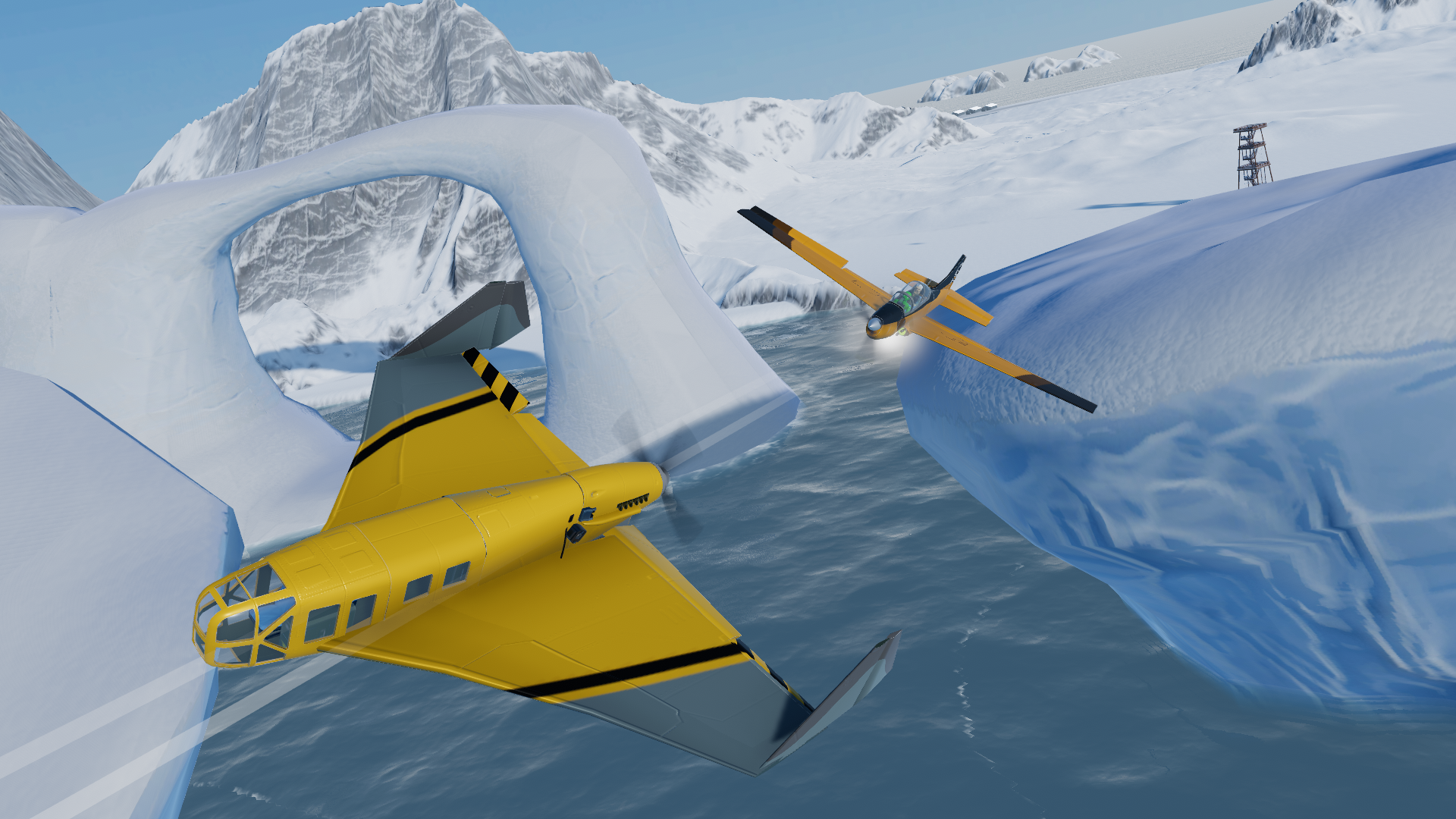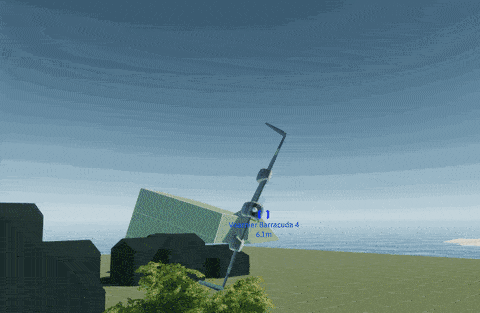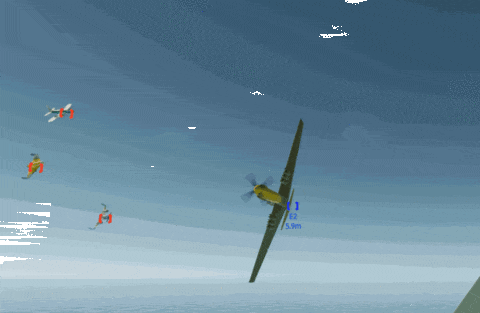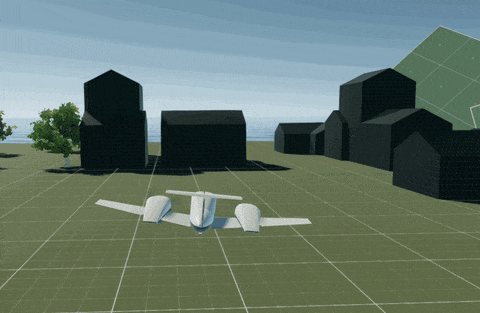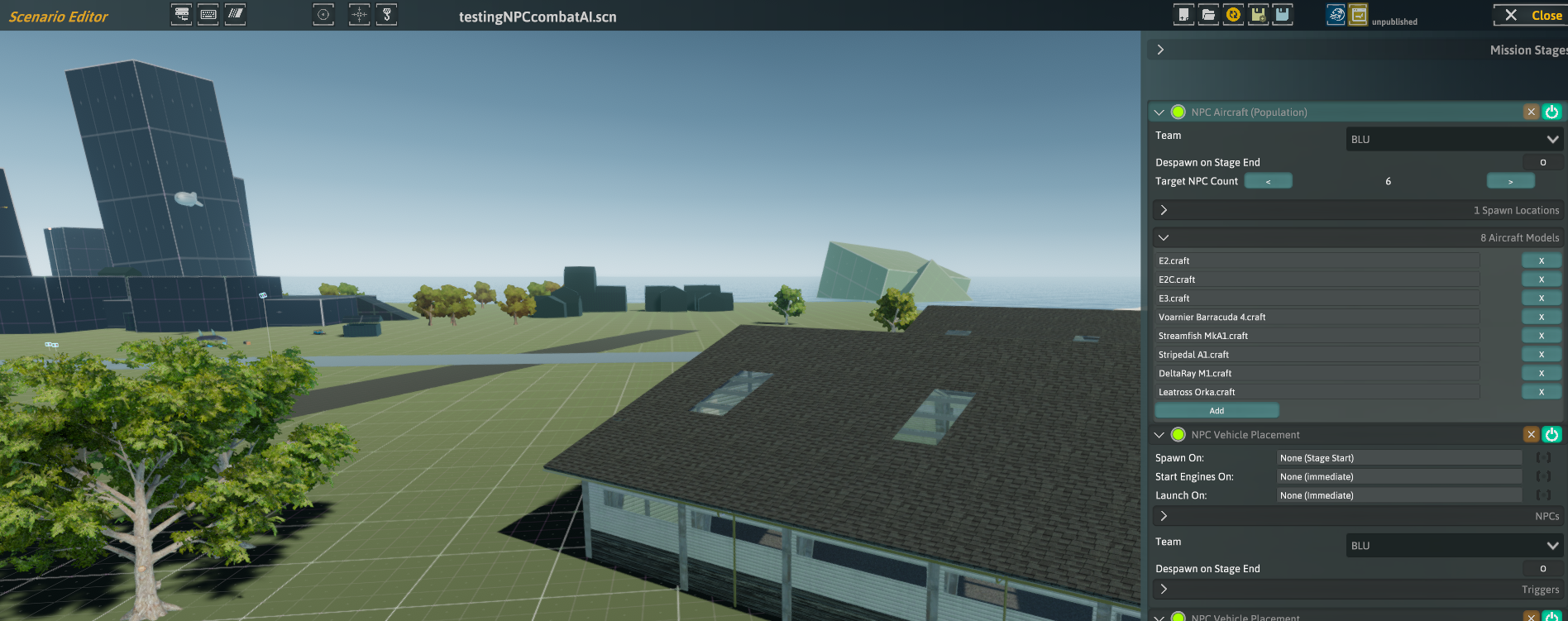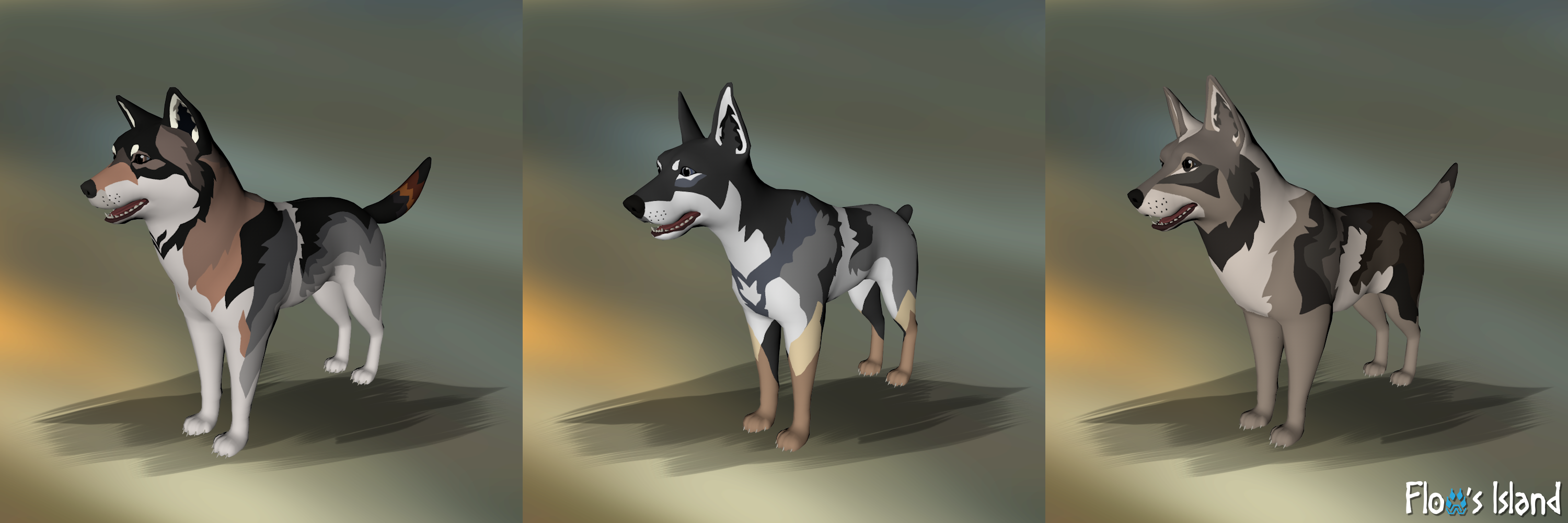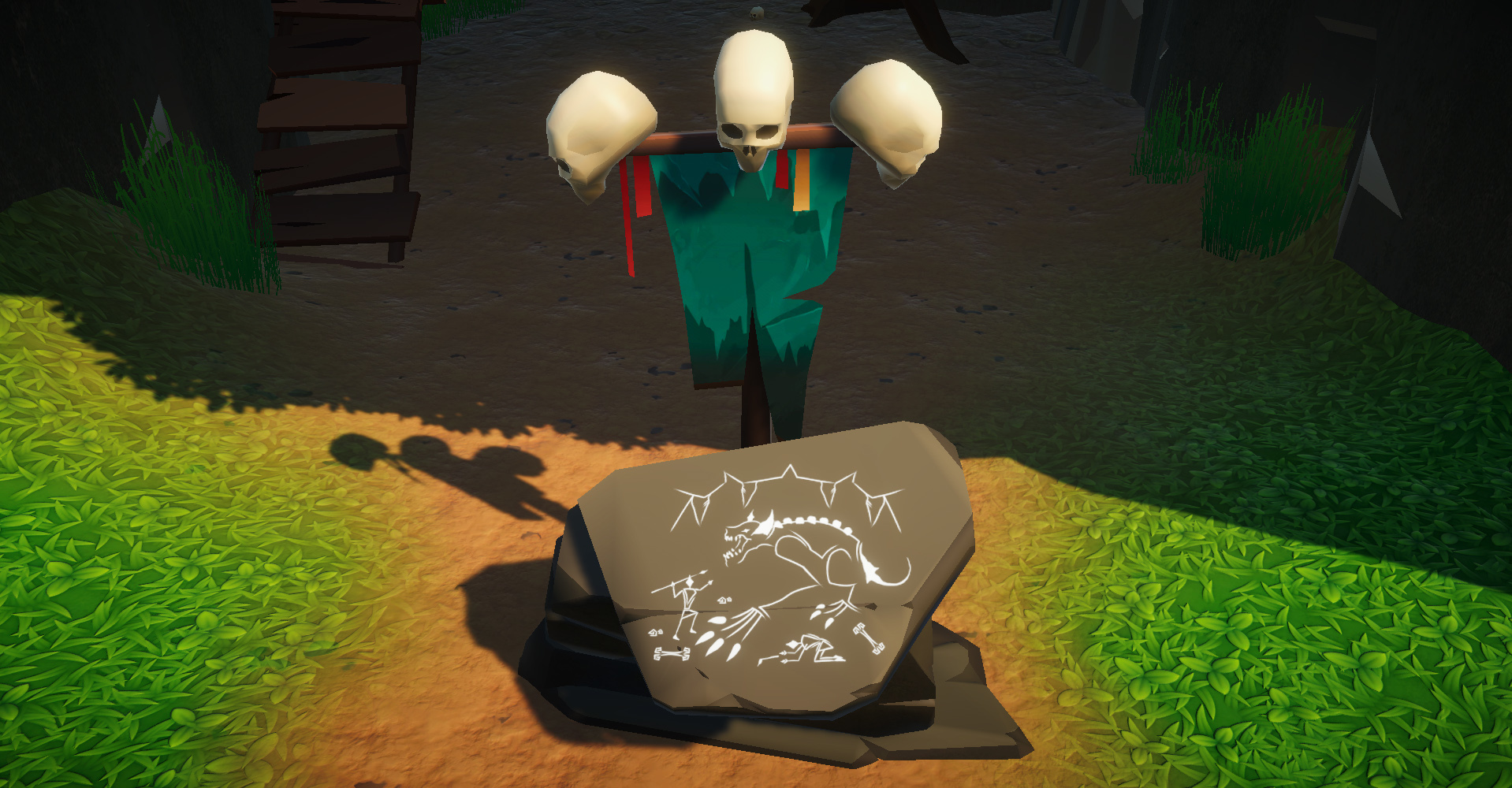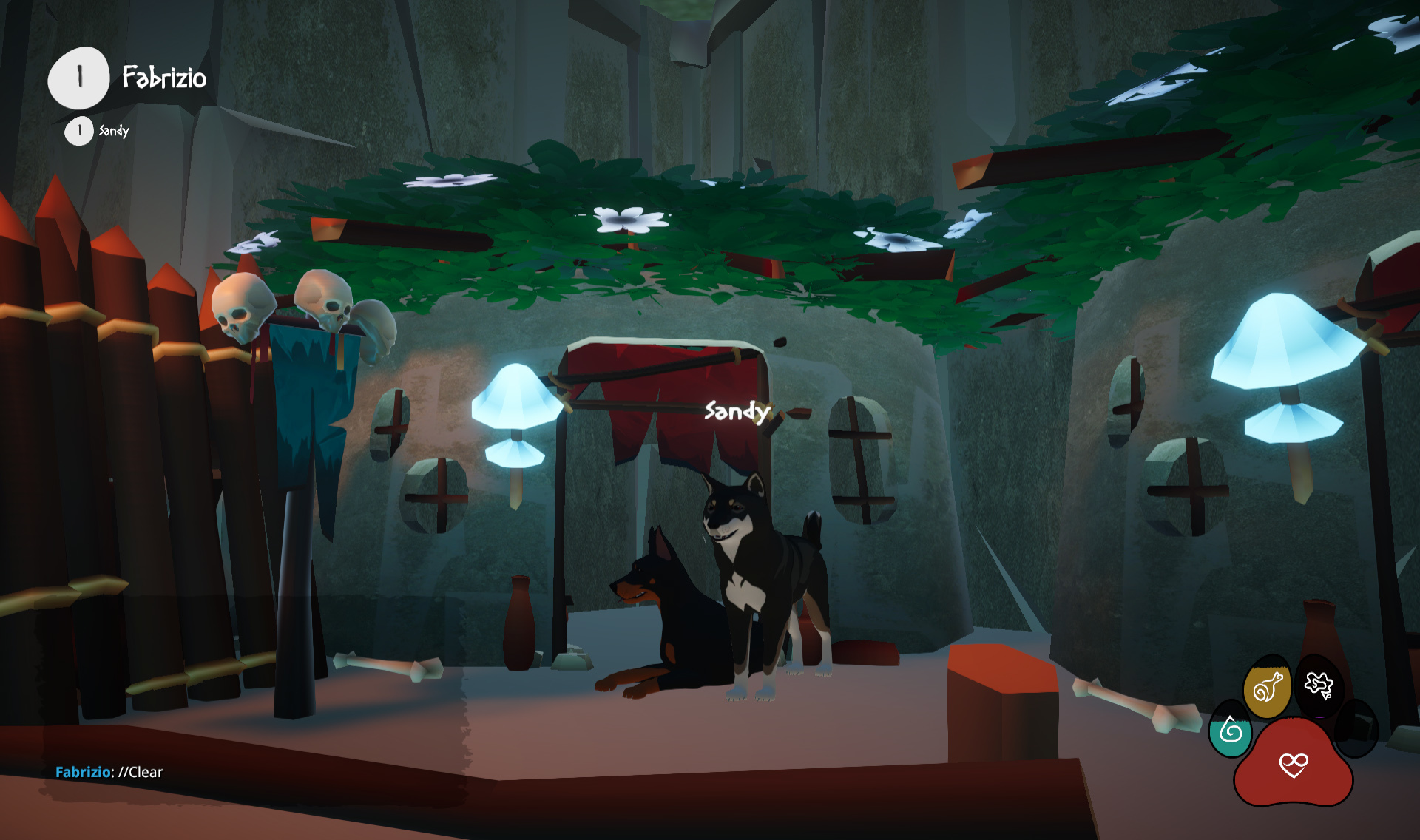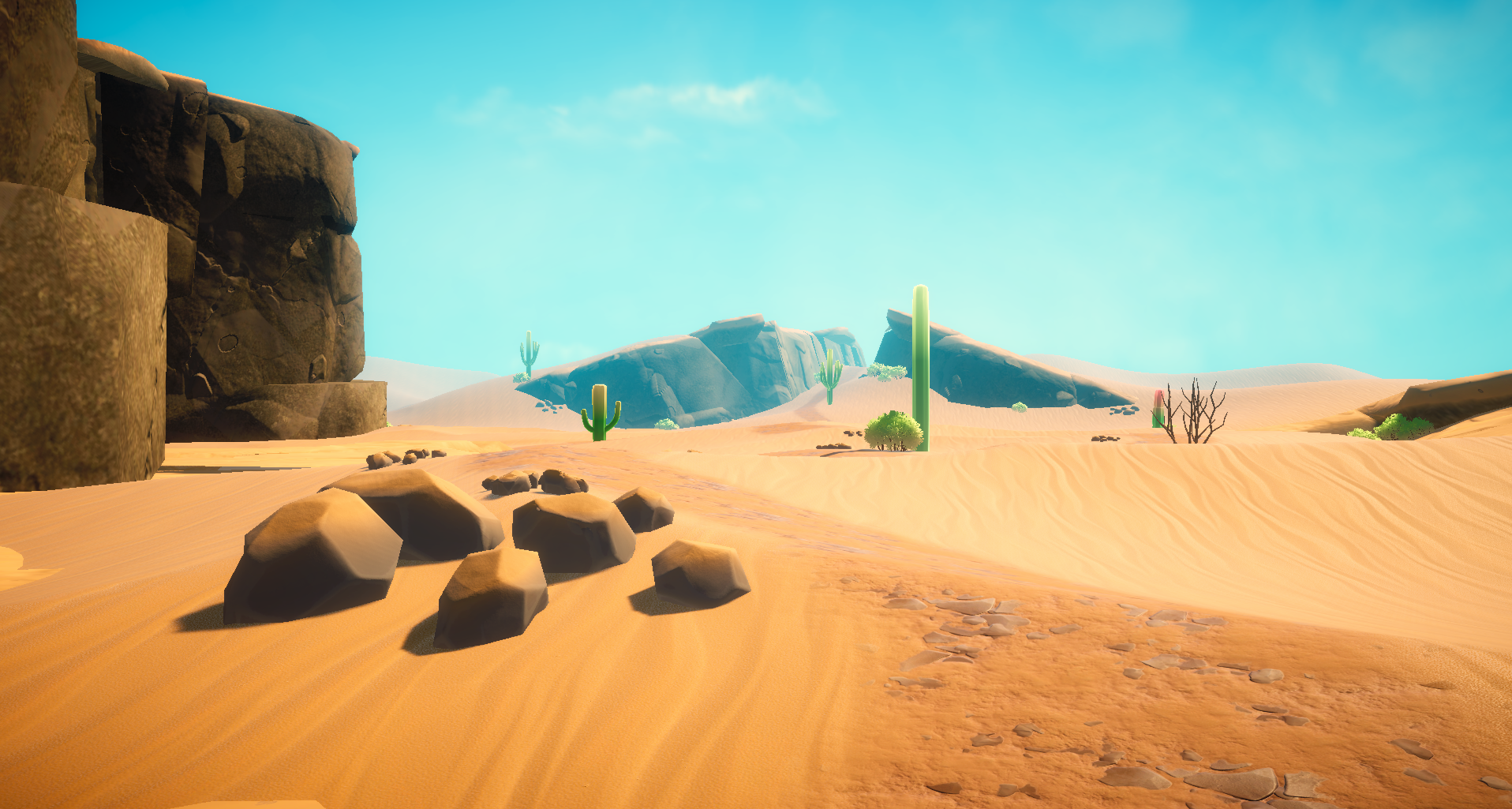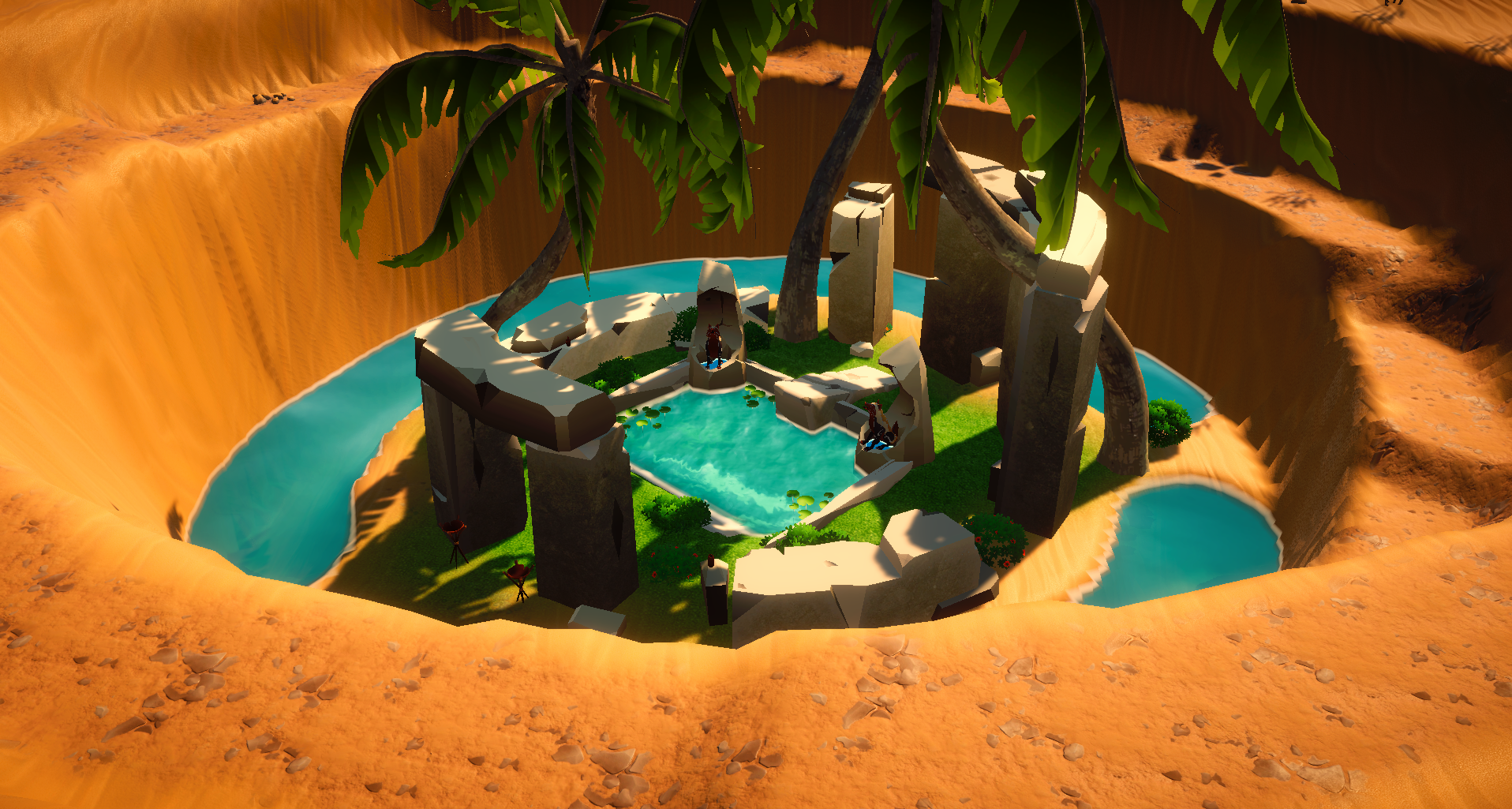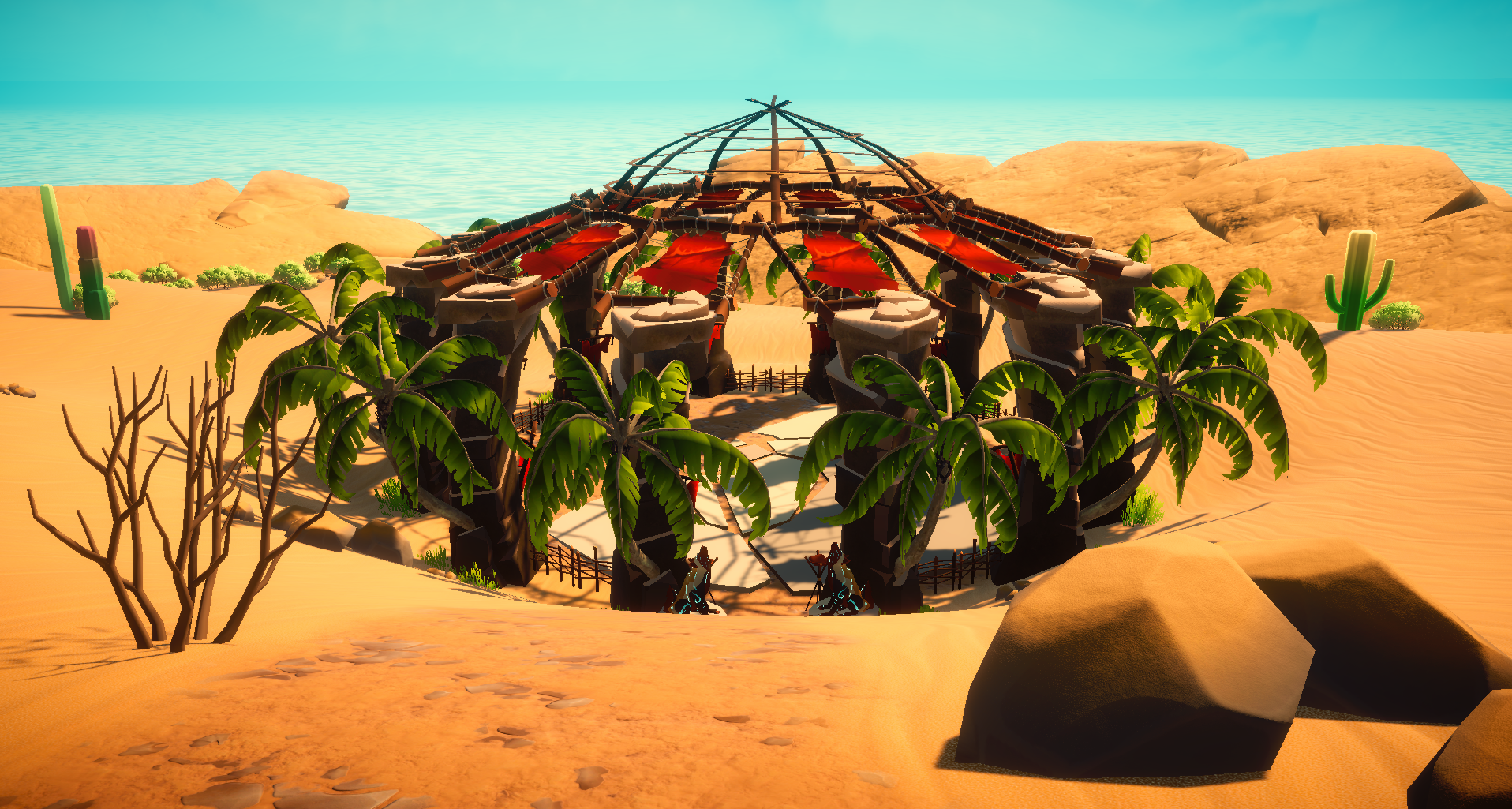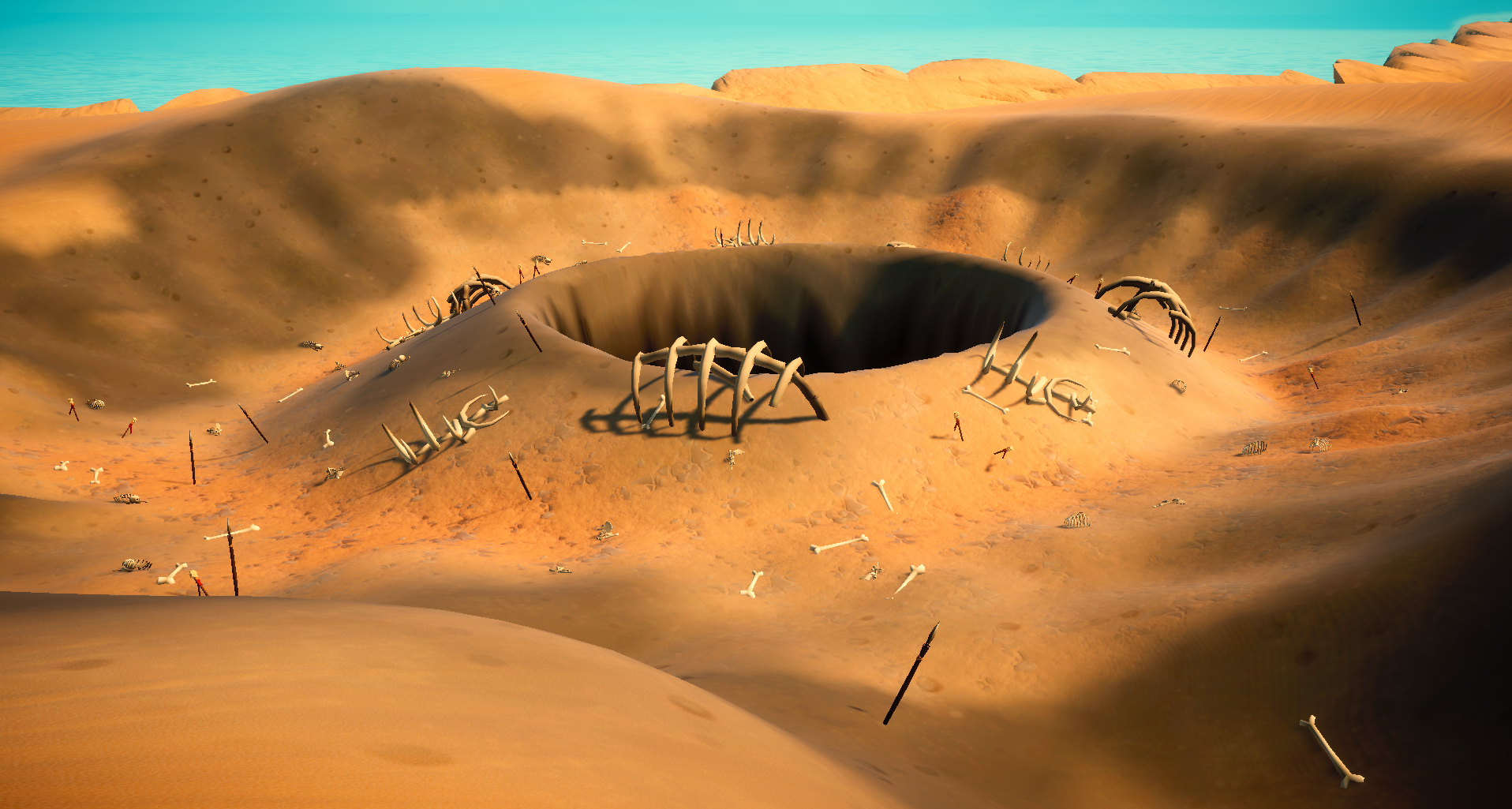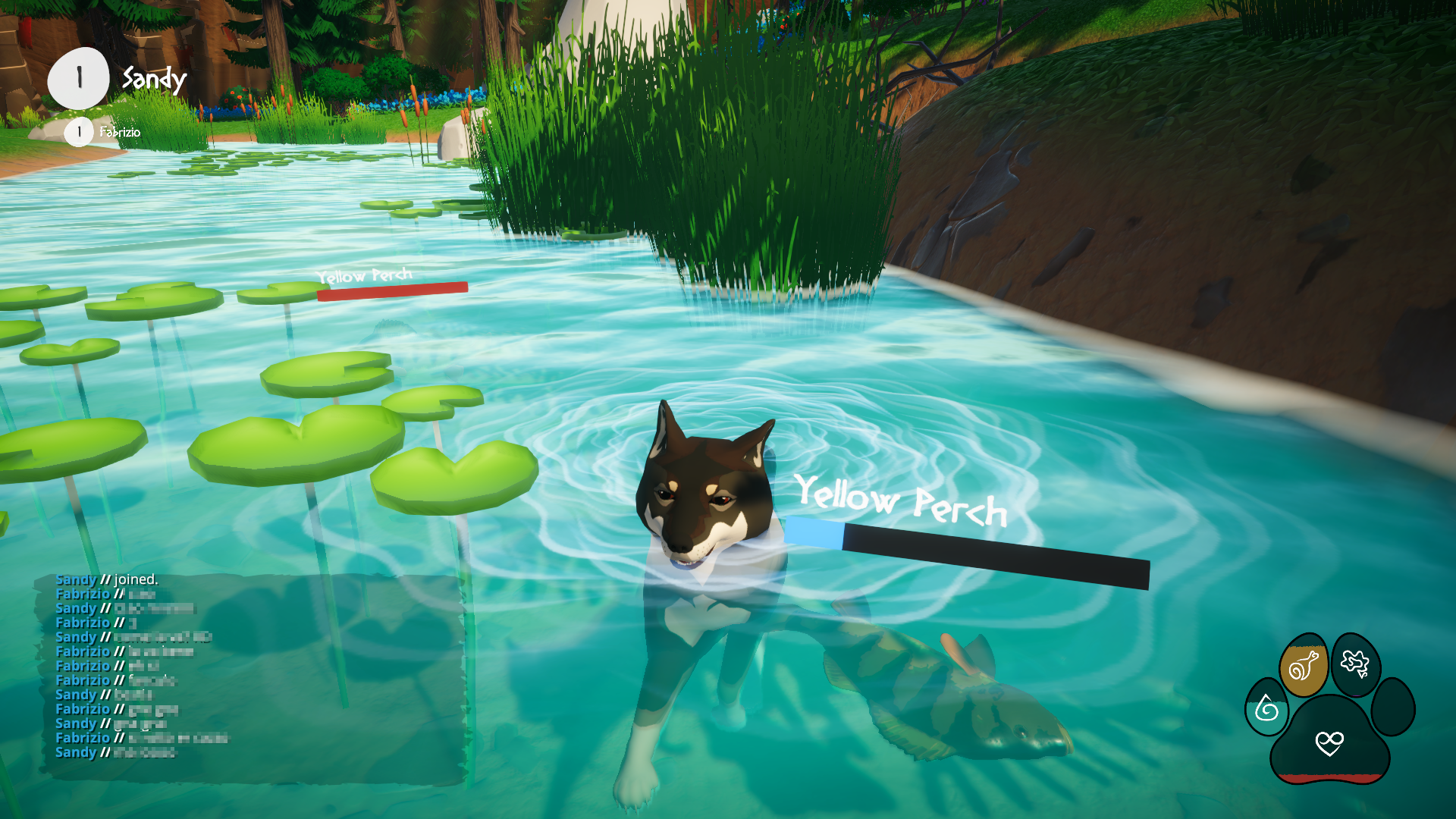
IL-2 Sturmovik: Battle of Stalingrad - 777 Studios
Dear Friends,
Today our team presents you the first IL-2 Great Battles update in 2021, 4.506. The main feature of this update is the Fw 190 A-6 fighter/bomber developed for the Battle of Normandy. The Normandy map is in development, but you can already fly the new aircraft in Rheineland Career mode, provided you have both Battle of Normandy and Bodenplatte. You can also encounter the new A-6 as an enemy in the recent Wind of Fury campaign and anyone can set it up as an AI in quick missions.

In addition to the new arrival, there is a significant number of other changes and improvements. The updated graphical effects are included (the ones that are ready), Chiawei =Oyster_KAI= Liang continued his work on the 4K texturing of many planes cockpits and Martin =ICDP= Catney created 4K external textures for Bf 109 E-7 and corrected a number of other aircraft. There are two AI corrections, but they are significant. Among other fixes are ones for aircraft systems, player controllable tanks, including an important one for the gun aiming, and many improvements for historical campaigns.

We continue our work as always and this Spring you'll see new planes and improvements for the game world.




4.506
Main features
1. German fighter/bomber Fw 190 A-6 is now available to all Battle of Normandy owners;
2. Fw 190 A-6 added to Rheinland Career mode (to the 1st and 2nd chapters to joinable squadrons III./JG 11, I./JG 26 and II./JG 26 and to all chapters to AI squadrons III./KG 51 and NSGr. 20);
3. Bf 109 E-7 got 4K quality external textures;
4. There are new truck variations (which look exactly like the regular ones) that are loaded with ammo and explode when attacked in a spectacular way;
Aircraft improvements
5. AI pilots of fast fighters engage slow-flying targets much better;
6. AI pilots that are alone or from different groups carry out a landing approach much better - now all the AI pilots form the landing queue, not only the ones that belong to the same group;
7. MC.202 propeller rotation and twist were corrected;
8. Yak-9 and Yak-9T elevator is affected at high speeds similar to other Yak fighters;
9. On all aircraft with set throttle control positions the current position is shown in the technochat instead of the throttle percentage;
10. UBT MG gunsight scale on IL-2 mod. 1943 has been recentered;
11. A damaged Fokker D.VII won't visibly disappear at long distances;
12. Gunsight adjustment (target size and range) using buttons happens faster and their default values are set for a close dogfight against a typical enemy fighter;
13. German gyro gunsight Ez.42 damping corrected, higher frequency oscillations of the aircraft affect the calculated lead less;
14. AI pilots fire all 12 Hurricane MGs when installed instead of only 8;
15. Water vapor effect added to the damaged or overheated Hurricane radiator;
16. Oil and water drops won't visibly appear on the inside surface of the cockpit canopy on many aircraft;
17. A number of typos that appeared on Soviet planes after increasing the cockpits to 4K quality were corrected;
18. Bf 109 E-7 cockpit: a typo corrected, detail of certain controls improved, dimmer looks more historically accurate;
19. Bf 109 F-2 and F-4 wheels corrected;
20. BG-25 detail increased (Bf 109 G6/G6 Late/G14/K4);
21. Rocket control panel detail improved on Bf 109 G6 Late and G14;
22. Fw 190 A-3/A-5/A-8 ammo counters panel detail improved;
23. Hs 129 B2 cockpit: weathering and scratches on leather objects, weathering of the gunsight parts outside the cockpit, more detailed dimmer switch, revised coloring and updated lettering of gauges and parts to make them more historically correct, alpha layer adjustments;
24. MiG-3: enhanced textures of braided cables, redrawn placards, alpha layer adjustments;
25. P-39L: control stick weathering, more detailed radio equipment (MN-52H, BC-345, BC-451) and recognition light switch box, more accurate white aluminum panels and detailed text, enhanced throttle quadrant and fuel prime pump handle, improved gauges and parts lettering, alpha layer adjustments;
26. P-40E: more detailed radio equipment (BC-366, BC-451A, BC-450A), throttle quadrant and fuel prime pump handle, historically correct texture for exposed wiring (black wires and white braided cables), alpha layer adjustments;
27. P-47D22/D28: more detailed BC-765 switch box and fuel prime pump handle, upgraded textures of the white screws on the trim indicators box and flap control handle slide rail, alpha layer adjustments;
28. Fw 190 A-3 and A-5 default pilot positions and some skins of these aircraft were corrected;
29. Radio and lighting switches are now animated in Fw 190 A-3 and A-5 cockpits;
Player controllable tank improvements
30. An option added that amplifies the gun aiming response to the mouse movement. If you play without a visual mouse aim indicator or aim the gun using buttons, it is recommended to leave it at the default setting (0);
31. Player controllable tanks now correctly collide in multiplayer;
32. A wrong technochat message about turning on and off the powered turret traverse won't appear while moving across rough terrain at high speed;
33. SU-122 and SU-152 crews throw out all the accumulated spent ammo casings when the hatches are opened;
34. The initial position of the shot off Ferdinand gun mantlet corresponds to the mantlet type installed;
35. 72-K 25mm round ballistics were corrected;
36. HE rounds of 72-K, 61-K, Flak 36, Flak 38, Flakvierling 38, Sh-37, NS-37, BK-3.7, M4 and Vickers Class S now have self-destruct fuzes (HE rounds without such fuzes were not used on these guns);
37. Pz.Kpfw.III Ausf.M suspension animation corrected;
Visual effects improvements
38. New bomb ground and water impact (impact, not explosion) effects;
39. 50-100 kg bombs explosion effects have a new style (it is planned to update all the explosions in a similar way);
40. Additional explosion effects added for rounds containing more than 450 g and less than 1500 g explosives;
41. Improved gunfire effects for the detailed ground vehicles;
42. APHE explosion effects corrected accordingly to the number of explosives they contain;
43. Ground vehicles leave better-looking tracks;
Other improvements
44. The hook on port cranes is raised higher so it won't prevent larger ships to dock underneath;
45. The visual model of a destroyed 52-K AAA gun was corrected (it contained elements of an intact gun);
46. Blazing Steppe, Fortress on the Volga, Ice Ring historical campaigns: all fire effects updated, ammo trucks added, many other improvements and fixes;
47. During the Wind of Fury historical campaign you can encounter С-47 and Fw 190 A-6 while Bf 109 G-6 fighters were replaced by Bf 109 G-6 Late;
48. Fortress on the Volga historical campaign: fuel and ambulance trucks added to the transport columns, the overall number and size of the columns increased.
Enjoy!
See you in the skies!
The Sturmovik Team
Today our team presents you the first IL-2 Great Battles update in 2021, 4.506. The main feature of this update is the Fw 190 A-6 fighter/bomber developed for the Battle of Normandy. The Normandy map is in development, but you can already fly the new aircraft in Rheineland Career mode, provided you have both Battle of Normandy and Bodenplatte. You can also encounter the new A-6 as an enemy in the recent Wind of Fury campaign and anyone can set it up as an AI in quick missions.

In addition to the new arrival, there is a significant number of other changes and improvements. The updated graphical effects are included (the ones that are ready), Chiawei =Oyster_KAI= Liang continued his work on the 4K texturing of many planes cockpits and Martin =ICDP= Catney created 4K external textures for Bf 109 E-7 and corrected a number of other aircraft. There are two AI corrections, but they are significant. Among other fixes are ones for aircraft systems, player controllable tanks, including an important one for the gun aiming, and many improvements for historical campaigns.

We continue our work as always and this Spring you'll see new planes and improvements for the game world.




4.506
Main features
1. German fighter/bomber Fw 190 A-6 is now available to all Battle of Normandy owners;
2. Fw 190 A-6 added to Rheinland Career mode (to the 1st and 2nd chapters to joinable squadrons III./JG 11, I./JG 26 and II./JG 26 and to all chapters to AI squadrons III./KG 51 and NSGr. 20);
3. Bf 109 E-7 got 4K quality external textures;
4. There are new truck variations (which look exactly like the regular ones) that are loaded with ammo and explode when attacked in a spectacular way;
Aircraft improvements
5. AI pilots of fast fighters engage slow-flying targets much better;
6. AI pilots that are alone or from different groups carry out a landing approach much better - now all the AI pilots form the landing queue, not only the ones that belong to the same group;
7. MC.202 propeller rotation and twist were corrected;
8. Yak-9 and Yak-9T elevator is affected at high speeds similar to other Yak fighters;
9. On all aircraft with set throttle control positions the current position is shown in the technochat instead of the throttle percentage;
10. UBT MG gunsight scale on IL-2 mod. 1943 has been recentered;
11. A damaged Fokker D.VII won't visibly disappear at long distances;
12. Gunsight adjustment (target size and range) using buttons happens faster and their default values are set for a close dogfight against a typical enemy fighter;
13. German gyro gunsight Ez.42 damping corrected, higher frequency oscillations of the aircraft affect the calculated lead less;
14. AI pilots fire all 12 Hurricane MGs when installed instead of only 8;
15. Water vapor effect added to the damaged or overheated Hurricane radiator;
16. Oil and water drops won't visibly appear on the inside surface of the cockpit canopy on many aircraft;
17. A number of typos that appeared on Soviet planes after increasing the cockpits to 4K quality were corrected;
18. Bf 109 E-7 cockpit: a typo corrected, detail of certain controls improved, dimmer looks more historically accurate;
19. Bf 109 F-2 and F-4 wheels corrected;
20. BG-25 detail increased (Bf 109 G6/G6 Late/G14/K4);
21. Rocket control panel detail improved on Bf 109 G6 Late and G14;
22. Fw 190 A-3/A-5/A-8 ammo counters panel detail improved;
23. Hs 129 B2 cockpit: weathering and scratches on leather objects, weathering of the gunsight parts outside the cockpit, more detailed dimmer switch, revised coloring and updated lettering of gauges and parts to make them more historically correct, alpha layer adjustments;
24. MiG-3: enhanced textures of braided cables, redrawn placards, alpha layer adjustments;
25. P-39L: control stick weathering, more detailed radio equipment (MN-52H, BC-345, BC-451) and recognition light switch box, more accurate white aluminum panels and detailed text, enhanced throttle quadrant and fuel prime pump handle, improved gauges and parts lettering, alpha layer adjustments;
26. P-40E: more detailed radio equipment (BC-366, BC-451A, BC-450A), throttle quadrant and fuel prime pump handle, historically correct texture for exposed wiring (black wires and white braided cables), alpha layer adjustments;
27. P-47D22/D28: more detailed BC-765 switch box and fuel prime pump handle, upgraded textures of the white screws on the trim indicators box and flap control handle slide rail, alpha layer adjustments;
28. Fw 190 A-3 and A-5 default pilot positions and some skins of these aircraft were corrected;
29. Radio and lighting switches are now animated in Fw 190 A-3 and A-5 cockpits;
Player controllable tank improvements
30. An option added that amplifies the gun aiming response to the mouse movement. If you play without a visual mouse aim indicator or aim the gun using buttons, it is recommended to leave it at the default setting (0);
31. Player controllable tanks now correctly collide in multiplayer;
32. A wrong technochat message about turning on and off the powered turret traverse won't appear while moving across rough terrain at high speed;
33. SU-122 and SU-152 crews throw out all the accumulated spent ammo casings when the hatches are opened;
34. The initial position of the shot off Ferdinand gun mantlet corresponds to the mantlet type installed;
35. 72-K 25mm round ballistics were corrected;
36. HE rounds of 72-K, 61-K, Flak 36, Flak 38, Flakvierling 38, Sh-37, NS-37, BK-3.7, M4 and Vickers Class S now have self-destruct fuzes (HE rounds without such fuzes were not used on these guns);
37. Pz.Kpfw.III Ausf.M suspension animation corrected;
Visual effects improvements
38. New bomb ground and water impact (impact, not explosion) effects;
39. 50-100 kg bombs explosion effects have a new style (it is planned to update all the explosions in a similar way);
40. Additional explosion effects added for rounds containing more than 450 g and less than 1500 g explosives;
41. Improved gunfire effects for the detailed ground vehicles;
42. APHE explosion effects corrected accordingly to the number of explosives they contain;
43. Ground vehicles leave better-looking tracks;
Other improvements
44. The hook on port cranes is raised higher so it won't prevent larger ships to dock underneath;
45. The visual model of a destroyed 52-K AAA gun was corrected (it contained elements of an intact gun);
46. Blazing Steppe, Fortress on the Volga, Ice Ring historical campaigns: all fire effects updated, ammo trucks added, many other improvements and fixes;
47. During the Wind of Fury historical campaign you can encounter С-47 and Fw 190 A-6 while Bf 109 G-6 fighters were replaced by Bf 109 G-6 Late;
48. Fortress on the Volga historical campaign: fuel and ambulance trucks added to the transport columns, the overall number and size of the columns increased.
Enjoy!
See you in the skies!
The Sturmovik Team





